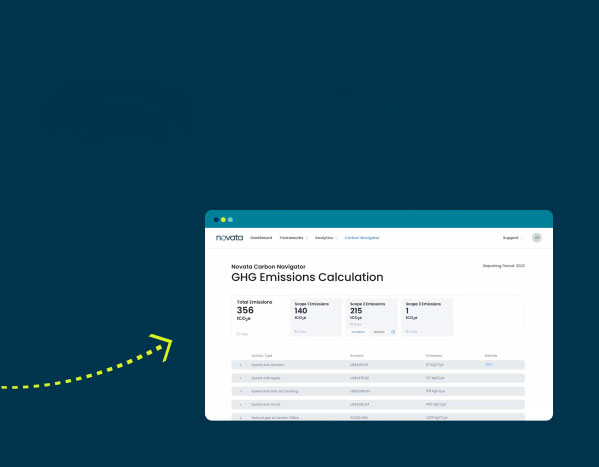Record-breaking heat this summer is sounding the alarm on the urgent need to address climate change. From heat advisories to wildfire outbreaks and destroyed infrastructure, countries around the world are feeling the effects of extreme temperatures, which are becoming more common as global temperatures continue to rise.
With the need for climate action more apparent than ever, limiting global warming to 1.5°C will only be possible if stakeholders act immediately. Businesses are well-positioned to influence wide-scale change by adopting strategies and practices to mitigate the effect of a warming planet.
No matter where you are on your sustainability journey, understanding how your organization’s practices shape up is necessary for progress. Below are four metrics to help you start tracking your environmental impact and join the fight against climate change.
1. Scope 1 Emissions
Businesses today must be able to understand and manage their carbon emissions. Scope 1 emissions are greenhouse gas emissions from sources directly owned or controlled by your organization. This includes emissions associated with boilers, furnaces, vehicles, and equipment your company owns. Many companies focus on reducing Scope 1 emissions as part of their sustainability journey as they have direct control over these sources and can more easily adjust their practices and policies to affect change.
2. Scope 2 Emissions
Unlike Scope 1 emissions, Scope 2 emissions are indirect greenhouse gas emissions from energy purchased by an organization, such as electricity. Calculating the greenhouse gas emissions that occur as a result of your company’s energy use is important to determine what changes, such as switching to low-carbon energy sources, will make the biggest impact.
3. Percent Renewable Energy
Tracking the percentage of renewable energy your organization consumes compared to your total energy consumption provides important insight to help lower your overall environmental footprint. Renewable energy from inexhaustible natural sources, such as wind, water, sunlight, and biofuels, creates lower emissions than fossil fuels. By opting for more renewable energy sources, your organization will reduce greenhouse gas emissions, which is essential to combating climate change.
4. Net-Zero Targets
Net-zero aims to cut greenhouse gas emissions by balancing the introduction and removal of emissions from the atmosphere. This includes Scopes 1 and 2, as well as Scope 3, which are indirect emissions tied to a company’s value chain. Reducing the effect of climate change requires setting specific and actionable targets for your organization. Per Net Zero Climate, to prevent the worst climate damage, human-caused CO2 emissions will need to fall 45% from 2010 levels by 2030 and reach net zero around 2050. When setting net-zero targets, organizations like the Science Based Targets Initiative (SBTi) recommend ensuring your goals align with the latest guidance that climate science deems necessary to reach the 1.5°C goal.
Tracking your organization’s carbon emissions helps paint a complete picture of your overall environmental impact and is essential in setting robust and measurable goals. It is however a very time-consuming process. Novata’s platform provides access to Climate Neutral’s Brand Emissions Estimator to make it quick and easy to estimate your organization’s total carbon inventory and determine how best to manage emissions.
Learn more about the estimator and how we can help you collect, analyze, and disclose the data you need to inform your environmental, social, and governance practices.






